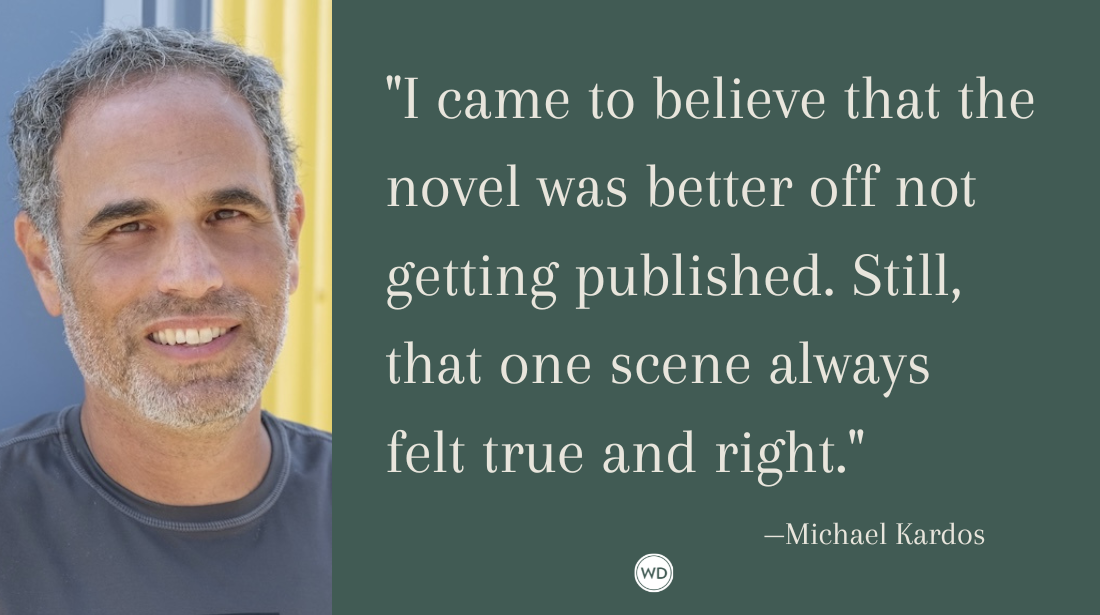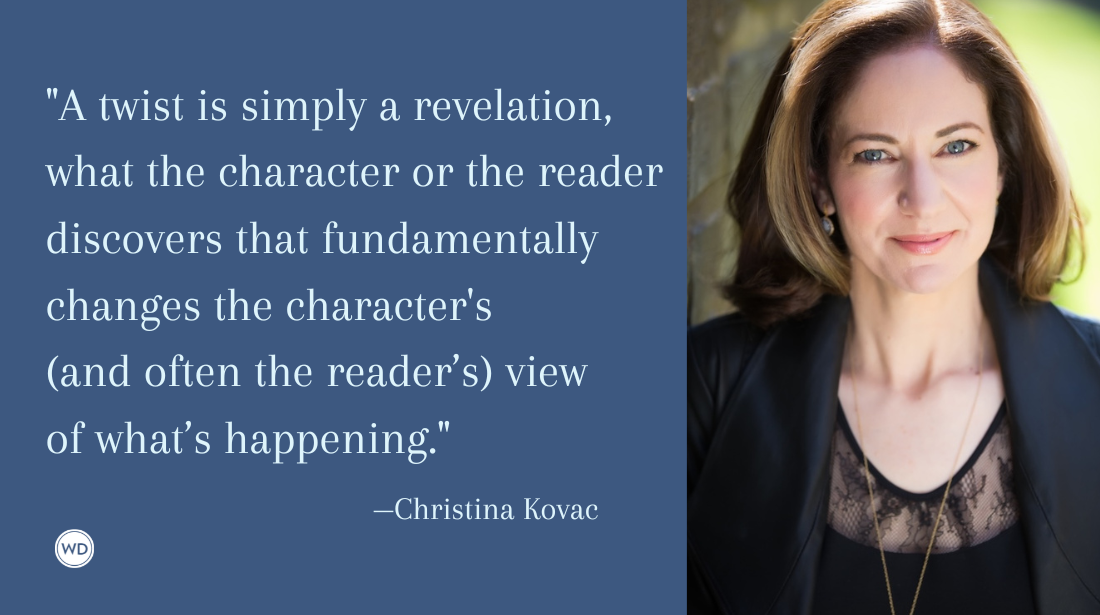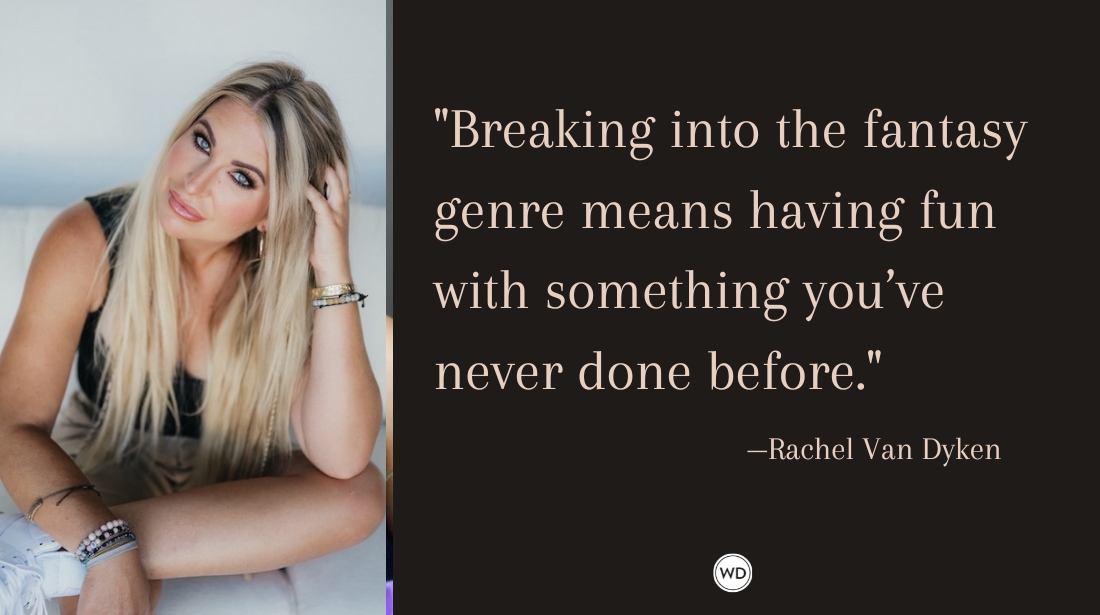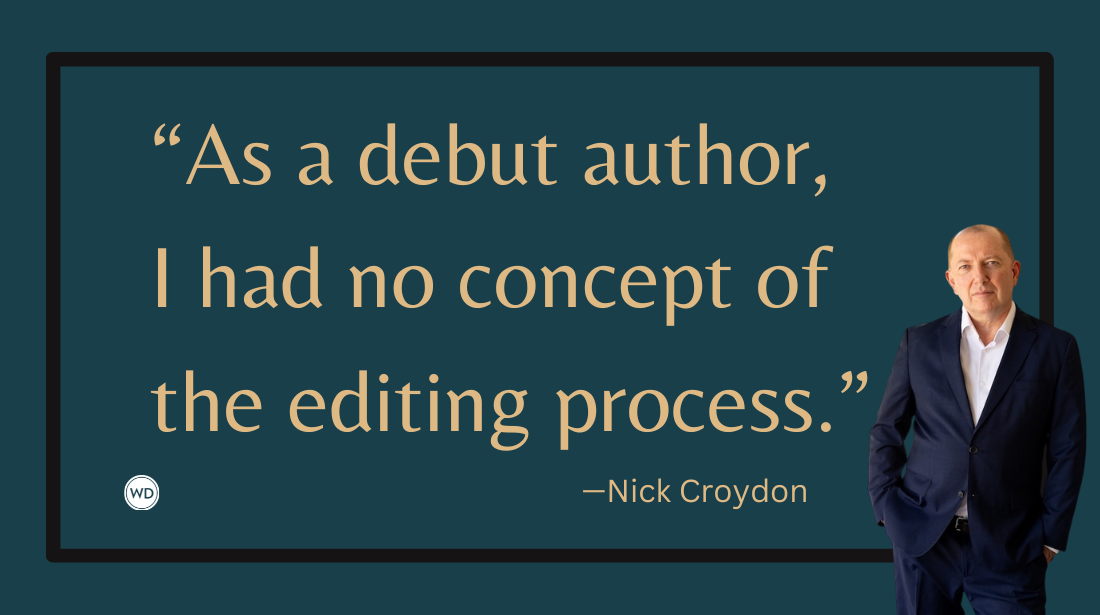5 Tips for Writing a Historical Romance
Author Mimi Matthews shares five tips for writing historical romance, from laying the groundwork to respecting your voice.
As an author, I basically live in the Victorian era. This holds true for both my nonfiction and my fiction work. It’s where I’m happiest, ensconced in all that grit and fog, and deliciously Dickensian atmosphere. This is especially evident in my newest historical novel, Rules for Ruin, which blends real-life Victorian history with a swoony, cat-and-mouse romance between an intrepid heroine out to upend the patriarchy and an enigmatic villain-turned-hero who attempts to check her every move.
Rules for Ruin is my 21st published book. During the course of my writing career, I’ve received a lot of praise for the authentic feel of my Victorian novels. Here are my top five tips for imbuing historical authenticity into your own writing!
Lay the Groundwork
The best historical novels begin with diligent historical research. Get your basic sources in order ahead of time. Read your biographies, autobiographies, period magazines, newspaper accounts, and well-sourced nonfiction. Make sure you have a firm grasp on what the world of your characters is going to look like.
You need to know why you’re setting a story in Victorian London or Regency Bath or World War II France. Think of this as your preliminary stage. It all takes place before you even open your document to write.
Less Is More
Once you start writing, you may be tempted to use everything you’ve found. History is fascinating, I agree, and there are so many tempting tidbits that you’ll want to share with your readers. Don’t do it. The narrative of your story can easily get bogged down by recitations of historical facts and overly long descriptions.
What you want—what you’re aiming for—is for the history to sit lightly on the page. A lot can be conveyed with a simple word choice or a single well-written sentence. Focus on these little details rather than overwhelming your reader with every single fact you’ve found.
Beware of Rabbit Holes
Research is one of the best parts of writing historical novels. It can also be incredibly disruptive when you’re just starting out and the history is still somewhat new to you. You might find yourself stopping mid-scene to research the fabric of a particular dress or the type of wood used to craft a chest of drawers and…next thing you know…hours have gone by. Maybe even days.
Don’t fall down these research rabbit holes. If you get to something like this in your manuscript, rather than stepping away to research, just type XX (or some other easily searchable shorthand) and keep moving. This way, you can come back to the research later, and it won’t disrupt your writing flow.
Watch Out of Anachronisms
No matter how authentically you’ve crafted your historical novel, a single anachronistic word can pull a reader straight out of the story. Beware of modern phrases or modern technologies sneaking in. The former is especially insidious. You may not even realize that an idiom or a phrase you’re using is modern. The best way to catch these is to revise and revise again. Beta and critique readers can also help in this regard, as can your editor, and the team of copyeditors and proofreaders at your publisher.
Respect Your Voice
As much as we try to imbue historical authenticity into our stories, the fact remains that we’re not time travelers. We’re twenty-first century authors writing for twenty-first century readers. That’s just how it is. Try as I might, my voice is always going to be more modern than that of Jane Austen or Charlotte Brontë. And that’s okay. You don’t have to make yourself sound like Charles Dickens or Thomas Hardy in order to succeed in writing historical novels. Respect the era and strive for accuracy, but write in your own voice. It’s what makes you you.
Check out Mimi Matthews' Rules for Ruin here:
(WD uses affiliate links)









